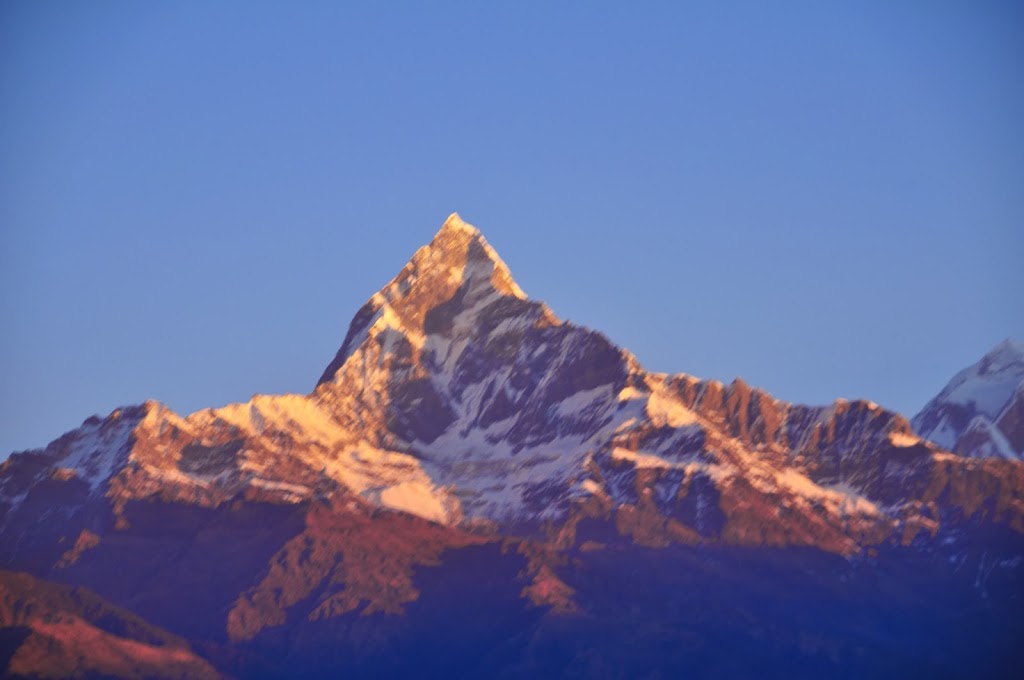
In the east, time seems to travel as slowly as public transport. Our days have been replete with events, conversations, sights visited and our continual harassment of the locals, employing our unique sense of wit and charm which is not lost on the natives, who, by and large, are lousy shots.
This entry is being posted from our penultimate destination. Looking out off our balconies, the western portion of the Himalayas reveal themselves in a natural splendor that exceeds even the most fertile imagination. The vistas presented make the best National Geographic photos look anemic.
| Fishtail Mountain from our Balcony |
Our last day in Chittewan provided zero relief from the frenetic pace that has dictated our adventure since landing in Doha, Qatar what seems like ages ago. So here’s how our final 24 hours there panned out. The Nepalese are working on developing a new export. It is an organic shower system that they requested be evaluated by the two of us.
On the plus side, it is all natural, delivers a strong water jet, and rerquires no energy to run. The down side is that this particular shower consumes about 250 kilos of food per day and if you think that cleaning out your present shower after use requires a strong detergent, you ain’t seen nothin’ yet. Returning to our rooms, following a second shower to remove any vestiges of amoebic dysentery that may have enetered our bodies through select orifices during the first one, it was off to the local festival. Nepalese seem to relish the notion of festivals. They are usually held close to river banks. There is one for virtually every occurance – if the sun goes down, if the sun comes out. People gather ’round and they all begin to shout. There are stalls selling food, clothing, jewelery, dishware; everything the modern Nepalese family can use.
| Working for Peanuts |
There is also entertainment. Take, for instance, the yogi musicians featuring a green garbed transvestite dancer who bore an uncanny resemblence to Diana Ross. We heard a symphony.
There was a midway that included the classic ‘knock over the cans’ come on. I am pleased to report that the chances of winning a kewpie doll (suitable for burning on the nearest ghat) is as liikely here as at Coney Island. A carny is a carny. Three throws for 20 cents and, while I came close a couple of times, the last targets eluded me. In addition to the gaiety, there was a religious procession taking place on the shallow river bed. They were dancing and singing in colourful regalia featuring men in costume,, including one who was trying out for the lead in the local version of Equus.
Afternoon session included a jeep safari with the guests of honour firmly ensconced on the roof of the range rover. When not on the lookout for animals, we were on the lookout for low, overhanging branches. The road trip through the jungle culminated on the bank of the river where a boat and oarsman awaited. Clambering in, Ron and I were treated to a leisurely paddle down the lazy river.
Since this was to be our last evening, were were greeted at the end of our journey by the hotel manager and two of the lovely waitresses who had the unenviable job of serving us up our meals while we served back the type of kibitzing hitherto unexperienced at the lodge. The first day, they had no idea what to make of the banter; the second day they began to figure out the game, and by day three they were in on the deal. As the sun set over the distant mountains,
we drank wine together, shared some yak cheese, biscuits and apples. The beauty and poignancy of the moment left an indelible mark. As did the tumeric on my pants at dinner later that night.
Our last supper concluded with a bonfire and featured local dancers. By the third dance we were asked to join in and participated in a spectacle that could best be described as half hora, half conga line.
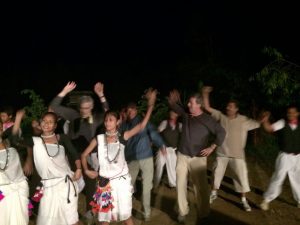 |
| Tzenah, Tzenah, Tzenah, Tzenah |
We aquitted ourselves reasonably well except that Ron required oxygen at the conclusion. Following the show, we sat around as the embers flickered out, deeply immersed in conversation with Ram, one of the two guides who saved our collective asses from the rhino charge the previous day. We spoke of an evolving Tibet as viewed within the framework of a slowly fading caste system. There are four groups in Nepal – the brahmins (self-descriptive), the warrior class from whence issued the famed Ghurkas, a merchant/farmer class, and the untouchables, consisting of blacksmiths, iron workers, garbage removers and butchers (no mention of bakers or candlestick makers). Ram had been victim of class prejudice. As a young teenager, he had befriended a brahmin. One day the brahmin invited him to his sister’s home for dinner. The sister would not let Ram into her house but invited in her brother. Supper was served and a servant brought Ram a small bowl of rice that he ate in the outer courtyard along with the dogs. Ram’s innate intelligence augmented the basic schooling he had received. He is an elegant man and defines class and consideration. While changes are afoot, old values die hard. Today, while experience another paddling excursion, we conversed with our river pilot – a 19 year old boy whose ambition was to become a pilot. When we enquired as to his caste, he replied “Nepali”. There is hope for the future. I also had the opportunity to display my old canoeing skills; something that is never lost. Like riding a bicycle, unless you fall over. The road is much wetter.
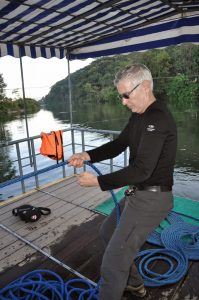 |
| Ronny Pull Your Boat Ashore, Hallelujah |
Morning arrived and our driver appeared ready to take us 7 hours north. A fond farewell, laden with hugs, e-mail and facebook exchanges and an open invitation to come back any time extended, we bid a fond farewell to the Machan resort.
| Insert first stanza of "I Saw her Standing There" |
The journey to Anapurna
was uneventful save for the occasional military led convoy. The political strike continues with the occasional flare up. Two busses were burned out 24 hours ago on the road we were taking. Arriving in Nepal’s second city, Pokhara, we appeared at our new guest house prior to dinner. We had just sufficient time to stand on our balconies and watch some of the major Himalayan peaks change colur by the minute, reminiscent of sunsets in the Arizona desert.
Wake up was scheduled for 5:30 to allow us to be driven to the observation point to watch the sun rise. Prior to peeking up over the horizon, the sun’s rays illuminated the uppermost peaks of the range. Starting as a copper colour, graduating to reddish, the mountains awoke from their slumber and greeted the day in the most spectacular of fashion. Moments later, the actual sun showed itself as a burnished light, adding both physical and spiritual warmth to the magical setting.I could not stop thinking that this had to be the locale that inspired George’s best known song.
 |
| Here comes…. |
| Here comes… |
Descending the mountain, we returned for a quick breakfast before being gathered up and shunted to the local airport. Ron and I decided that a view of the mountains from the typical observation point just wouldn’t do. To that end, we booked ourselves flights on ultra light aircraft, which were really nothing more than winged lawnmowers and rode up into the sky to get a closer look at Fishtail and Anapurna. Being virtually outdoors at 10,000 feet was exhilerating to say the least. We floated atop the air currents and got up close and personal with some of the planet’s finest geography.
Let me return to the origins of my wanderlust for a brief moment. The disease took hold in 1977 when I set out on a year long trek around the world. One of my favourite stops was Kashmir, where I spent three weeks living on a houseboat owner by the Noor Mohammed family. Kashmiris are renown for their craftmanship, which is exceeded only by their hospitality. I resided on Dal Lake in Srinagar, surrounded by the snow capped peaks of the Himalayas. I was attended to daily by Noor and his three sons, who were more or less my age. One of my fondest possessions to this day is a silk Kashmiri carpet which graces the floor of my study. Why am I digressing this way? Here you go –
In the court yard of the Tree Tops Hotel, there exists a carpet store. It is owned and operated by a nineteen year old Kashmiri. I was drawn into the store by an unmistakably top quality silk rug seemingly of Kashmir origin. As I started up a conversation, whereby the place of the carpet’s origin was confirmed, I mentioned that I had purchased a similar model years back when I stayed on a houseboat. The vendor asked me if I was Canadian. Wearing no maple leaf, I was quite surprised by the nature of the inquiry. It turned out that this young man was the grandson of Noor Mohammed and had seen a picture of me in his family’s album taken all those years back. He was the son of Noor’s middle son, with whom I’d shared countless hours discussing the world over potfulls of Kashmiri tea 35 years ago. If this type of experience does not motivate you to follow your heart, your instinct and untravelled roads then crawl into a cave and hibernate.


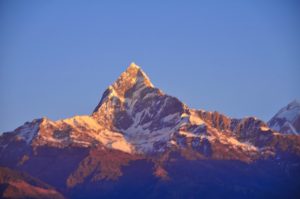
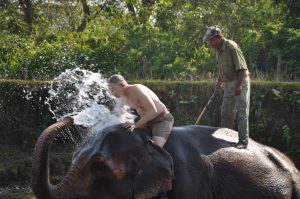
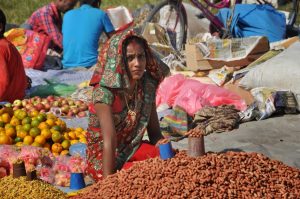
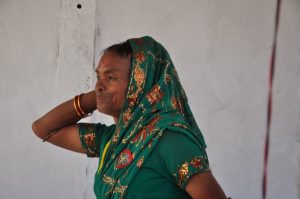

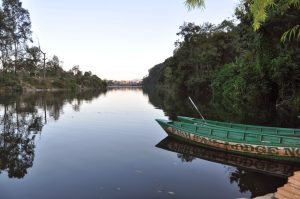

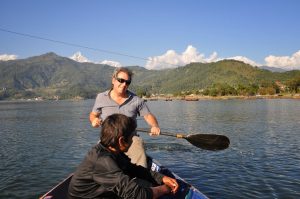
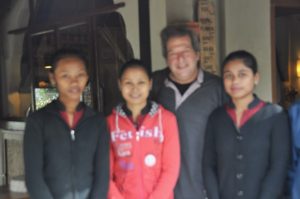
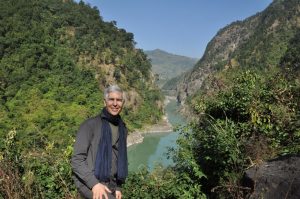

Cookieman
Posted at 20:23h, 15 NovemberWow. And wow. And even more wow.
Lori Burnett
Posted at 14:33h, 16 NovemberAmazing stories, brilliant storytelling, beautiful photos. Why am I not surprised? Can't wait to hear about it all in person. Keep up the good work guys. xo
Cookieman
Posted at 22:17h, 16 NovemberCrazy amazing!!! 🙂 bobina